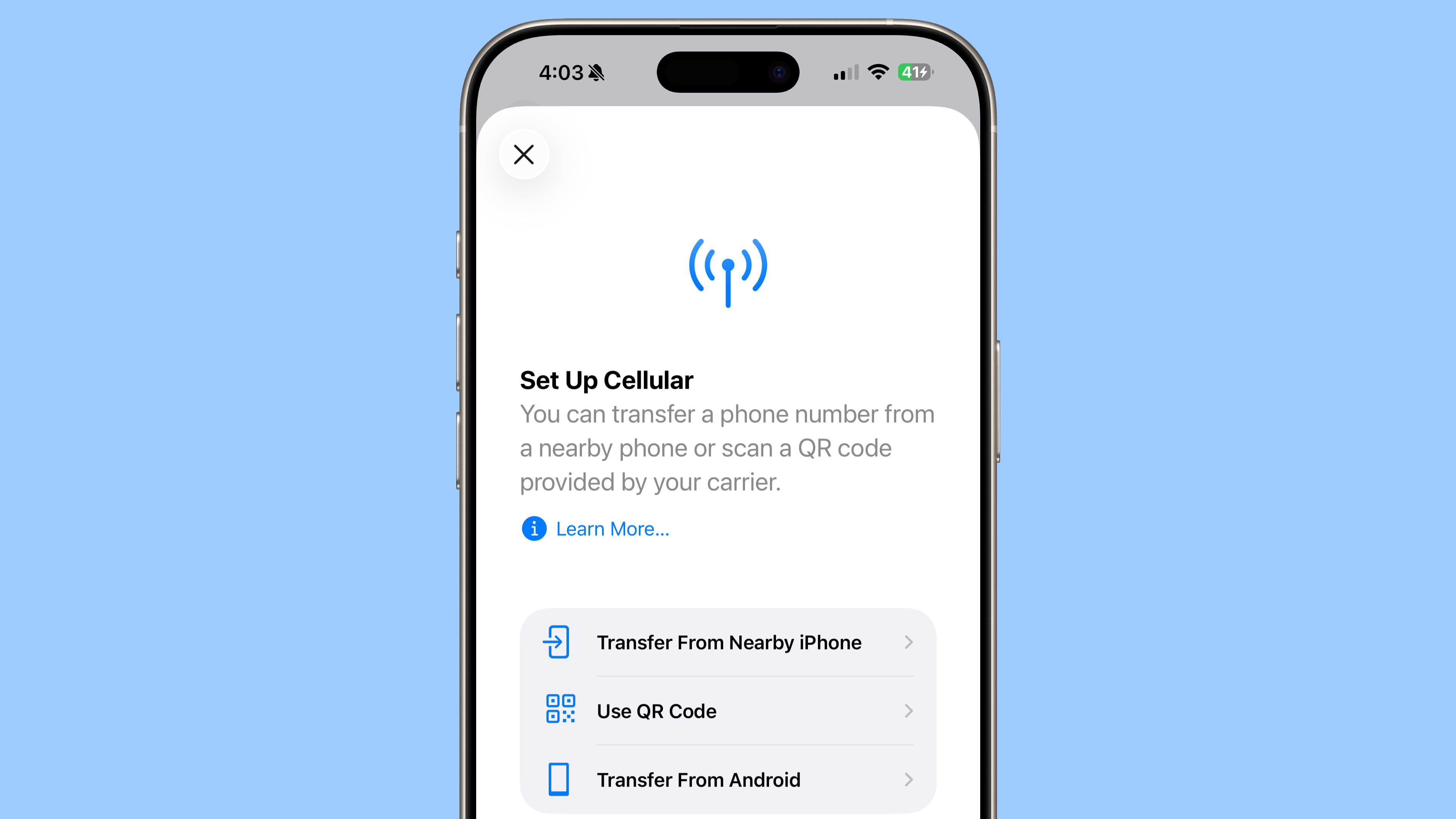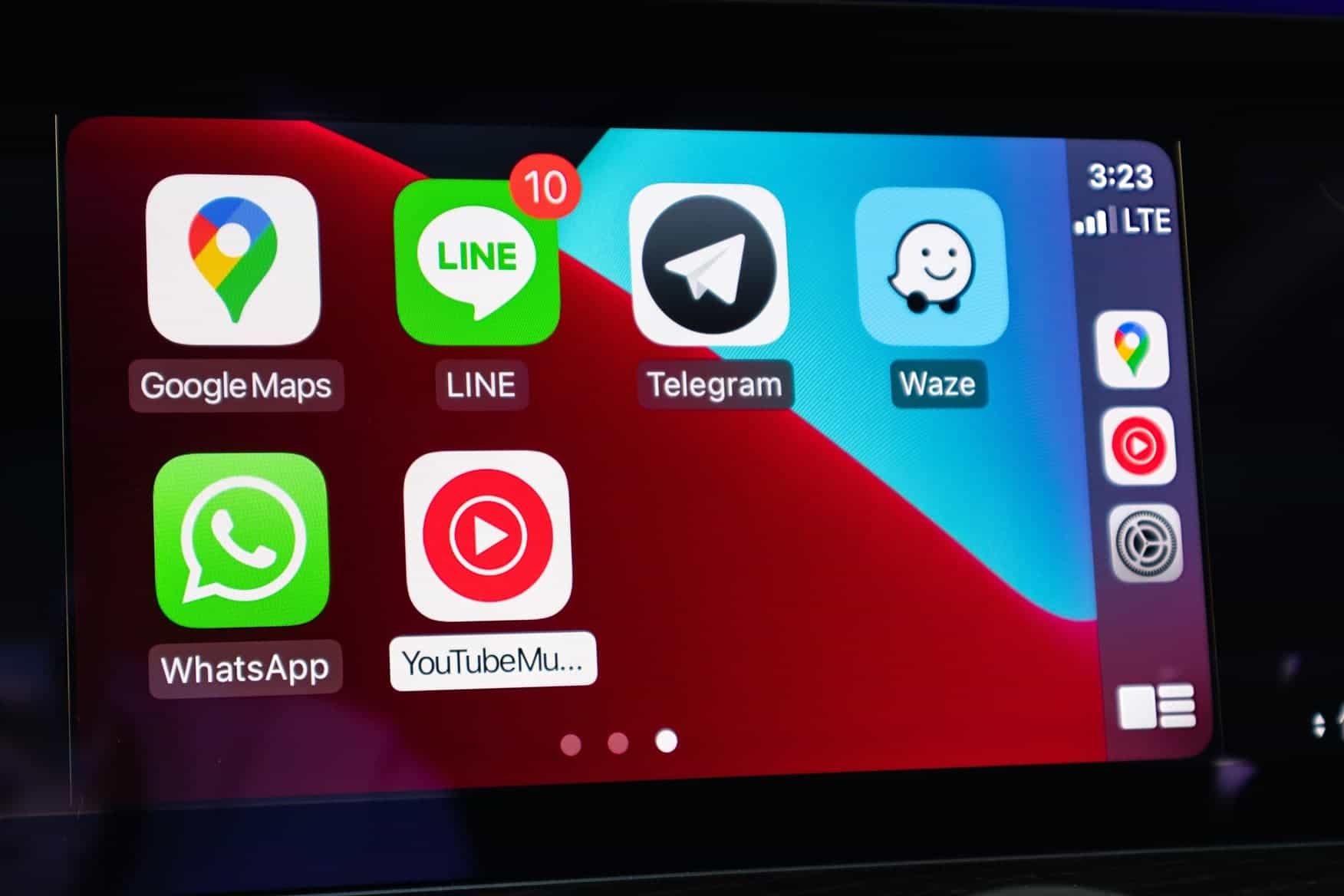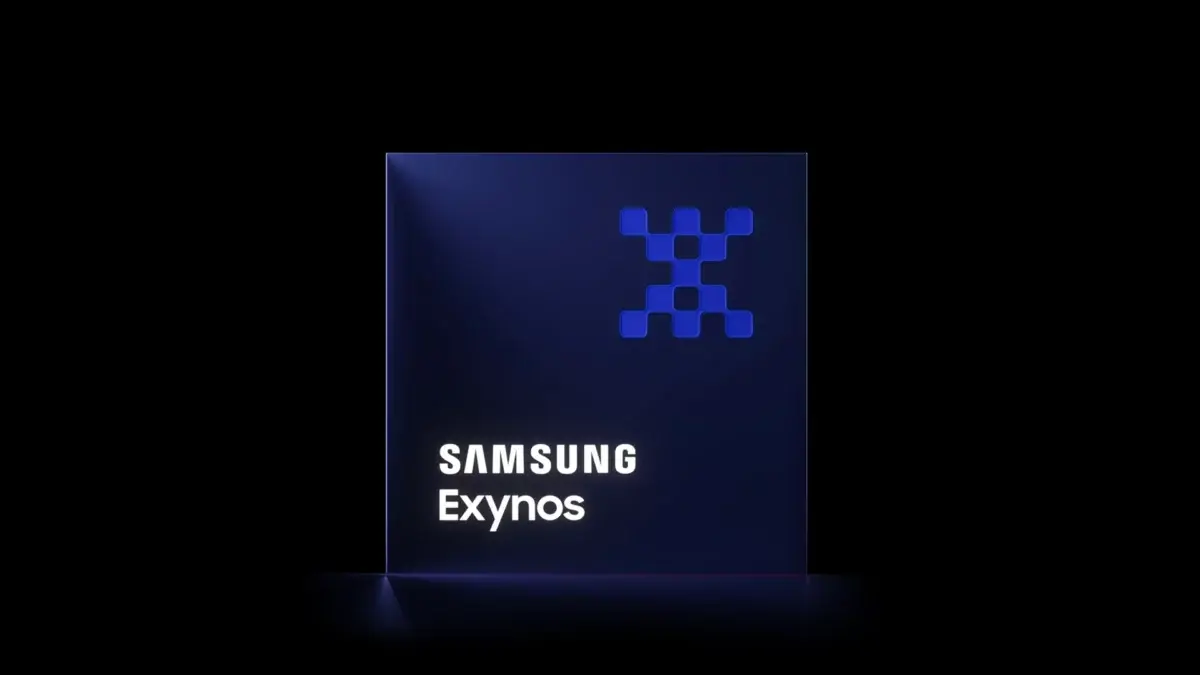The New Generation of High-Performance Rust Web Frameworks
In the current ecosystem of Rust Web frameworks, Hyperlane is increasingly demonstrating its strong competitiveness as a "new generation of lightweight and high-performance frameworks." This article will comprehensively analyze the advantages of Hyperlane by comparing it with mainstream frameworks such as Actix-Web and Axum, especially in terms of performance, feature integration, development experience, and underlying architecture. Framework Architecture Comparison Framework Dependency Model Async Runtime Middleware Support SSE/WebSocket Routing Matching Capability Hyperlane Only depends on Tokio + Standard Library Tokio ✅ Supports request/response ✅ Native support ✅ Supports regular expressions Actix-Web Many internal abstraction layers Actix ✅ Request middleware Partial support (requires plugins) ⚠️ Path macros need explicit configuration Axum Complex Tower architecture Tokio ✅ Tower middleware ✅ Requires dependency extension ⚠️ Weak dynamic routing ✅ Summary of Hyperlane's Advantages: Zero Platform Dependency: Pure Rust implementation, strong cross-platform consistency, no additional C library bindings required. Extreme Performance Optimization: The underlying I/O uses Tokio's TcpStream and asynchronous buffering, automatically enables TCP_NODELAY, and defaults to disabling SO_LINGER, making it suitable for high-frequency request environments. Flexible Middleware Mechanism: Supports request_middleware and response_middleware with clear divisions, facilitating control over the request lifecycle. Real-time Communication Out of the Box: Native support for WebSocket and SSE without the need for third-party plugin extensions. Practical Dissection: Hyperlane Example Analysis Below, we will dissect a complete Hyperlane service example to illustrate its design philosophy and developer friendliness. 1️⃣ Middleware Configuration is Simple and Consistent async fn request_middleware(ctx: Context) { let socket_addr = ctx.get_socket_addr_or_default_string().await; ctx.set_response_header(SERVER, HYPERLANE) .await .set_response_header("SocketAddr", socket_addr) .await; } Compared to other frameworks that require middleware registration through traits or layers, Hyperlane uses async functions for direct registration, which is intuitive and straightforward. 2️⃣ Support for Multiple HTTP Method Route Macros #[methods(get, post)] async fn root_route(ctx: Context) { ctx.set_response_status_code(200) .await .set_response_body("Hello hyperlane => /") .await; } Compared to Axum, which only supports single method macros, Hyperlane allows combining multiple methods, reducing code repetition and improving development efficiency. 3️⃣ WebSocket Example #[get] async fn ws_route(ctx: Context) { let key = ctx.get_request_header(SEC_WEBSOCKET_KEY).await.unwrap(); let body = ctx.get_request_body().await; let _ = ctx.set_response_body(key).await.send_body().await; let _ = ctx.set_response_body(body).await.send_body().await; } Without the need for additional extensions, Hyperlane natively supports WebSocket upgrades and stream processing, making it more suitable for building real-time applications such as chat rooms and games. 4️⃣ SSE Data Push #[post] async fn sse_route(ctx: Context) { ctx.set_response_header(CONTENT_TYPE, TEXT_EVENT_STREAM) .await .send() .await; for i in 0..10 { ctx.set_response_body(format!("data:{}{}", i, HTTP_DOUBLE_BR)) .await .send_body() .await; } ctx.closed().await; } The built-in SSE sending mechanism is suitable for long-connection scenarios such as monitoring dashboards and push systems, greatly simplifying the implementation of event streams. Powerful Routing Capabilities: Support for Dynamic and Regular Expression Matching server.route("/dynamic/{routing}", dynamic_route).await; server.route("/dynamic/routing/{file:^.*$}", dynamic_route).await; Hyperlane's routing system supports dynamic path matching with regular expressions, which often requires explicit plugins or complex macro combinations in other frameworks. Performance Experience: Designed for High Throughput Hyperlane enables performance optimization options by default: server.enable_nodelay().await; server.disable_linger().await; server.http_line_buffer_size(4096).await; This means that it presets suitable TCP and buffer parameters for high-concurrency connection scenarios, and developers can override them as needed to ensure low latency and controllable memory usage. Developer-Friendly Experience All Hyperlane configurations adopt an asynchronous chain call mode, without the need for nested configurations or macro combinations, truly achieving "configuration as code, code as service."
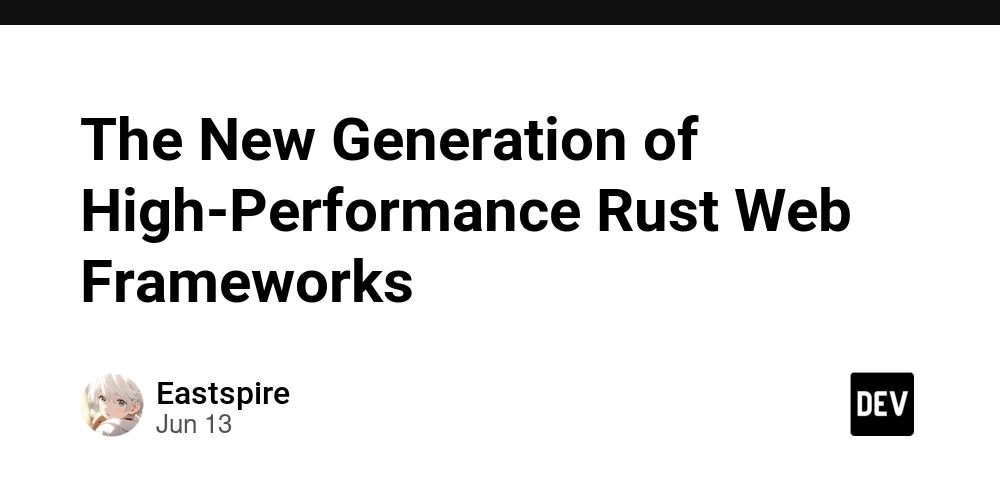
In the current ecosystem of Rust Web frameworks, Hyperlane is increasingly demonstrating its strong competitiveness as a "new generation of lightweight and high-performance frameworks." This article will comprehensively analyze the advantages of Hyperlane by comparing it with mainstream frameworks such as Actix-Web and Axum, especially in terms of performance, feature integration, development experience, and underlying architecture.
Framework Architecture Comparison
| Framework | Dependency Model | Async Runtime | Middleware Support | SSE/WebSocket | Routing Matching Capability |
|---|---|---|---|---|---|
| Hyperlane | Only depends on Tokio + Standard Library | Tokio | ✅ Supports request/response | ✅ Native support | ✅ Supports regular expressions |
| Actix-Web | Many internal abstraction layers | Actix | ✅ Request middleware | Partial support (requires plugins) | ⚠️ Path macros need explicit configuration |
| Axum | Complex Tower architecture | Tokio | ✅ Tower middleware | ✅ Requires dependency extension | ⚠️ Weak dynamic routing |
✅ Summary of Hyperlane's Advantages:
- Zero Platform Dependency: Pure Rust implementation, strong cross-platform consistency, no additional C library bindings required.
-
Extreme Performance Optimization: The underlying I/O uses Tokio's
TcpStreamand asynchronous buffering, automatically enablesTCP_NODELAY, and defaults to disablingSO_LINGER, making it suitable for high-frequency request environments. -
Flexible Middleware Mechanism: Supports
request_middlewareandresponse_middlewarewith clear divisions, facilitating control over the request lifecycle. - Real-time Communication Out of the Box: Native support for WebSocket and SSE without the need for third-party plugin extensions.
Practical Dissection: Hyperlane Example Analysis
Below, we will dissect a complete Hyperlane service example to illustrate its design philosophy and developer friendliness.
1️⃣ Middleware Configuration is Simple and Consistent
async fn request_middleware(ctx: Context) {
let socket_addr = ctx.get_socket_addr_or_default_string().await;
ctx.set_response_header(SERVER, HYPERLANE)
.await
.set_response_header("SocketAddr", socket_addr)
.await;
}
Compared to other frameworks that require middleware registration through traits or layers, Hyperlane uses async functions for direct registration, which is intuitive and straightforward.
2️⃣ Support for Multiple HTTP Method Route Macros
#[methods(get, post)]
async fn root_route(ctx: Context) {
ctx.set_response_status_code(200)
.await
.set_response_body("Hello hyperlane => /")
.await;
}
Compared to Axum, which only supports single method macros, Hyperlane allows combining multiple methods, reducing code repetition and improving development efficiency.
3️⃣ WebSocket Example
#[get]
async fn ws_route(ctx: Context) {
let key = ctx.get_request_header(SEC_WEBSOCKET_KEY).await.unwrap();
let body = ctx.get_request_body().await;
let _ = ctx.set_response_body(key).await.send_body().await;
let _ = ctx.set_response_body(body).await.send_body().await;
}
Without the need for additional extensions, Hyperlane natively supports WebSocket upgrades and stream processing, making it more suitable for building real-time applications such as chat rooms and games.
4️⃣ SSE Data Push
#[post]
async fn sse_route(ctx: Context) {
ctx.set_response_header(CONTENT_TYPE, TEXT_EVENT_STREAM)
.await
.send()
.await;
for i in 0..10 {
ctx.set_response_body(format!("data:{}{}", i, HTTP_DOUBLE_BR))
.await
.send_body()
.await;
}
ctx.closed().await;
}
The built-in SSE sending mechanism is suitable for long-connection scenarios such as monitoring dashboards and push systems, greatly simplifying the implementation of event streams.
Powerful Routing Capabilities: Support for Dynamic and Regular Expression Matching
server.route("/dynamic/{routing}", dynamic_route).await;
server.route("/dynamic/routing/{file:^.*$}", dynamic_route).await;
Hyperlane's routing system supports dynamic path matching with regular expressions, which often requires explicit plugins or complex macro combinations in other frameworks.
Performance Experience: Designed for High Throughput
Hyperlane enables performance optimization options by default:
server.enable_nodelay().await;
server.disable_linger().await;
server.http_line_buffer_size(4096).await;
This means that it presets suitable TCP and buffer parameters for high-concurrency connection scenarios, and developers can override them as needed to ensure low latency and controllable memory usage.
Developer-Friendly Experience
All Hyperlane configurations adopt an asynchronous chain call mode, without the need for nested configurations or macro combinations, truly achieving "configuration as code, code as service."
server
.host("0.0.0.0").await
.port(60000).await
.route("/", root_route).await
.run().await
.unwrap();
In addition, its Context provides a unified interface with APIs such as get_request_header, set_response_body, and send_body, maintaining high consistency and predictable behavior.
Summary: Why Choose Hyperlane?
| Feature | Hyperlane | Actix-Web | Axum |
|---|---|---|---|
| Native SSE/WebSocket | ✅ | ⚠️ Plugin extension | ⚠️ Limited support |
| Asynchronous chain API | ✅ | ❌ | ❌ |
| Routing with regular expressions | ✅ | ⚠️ Limited | ❌ |
| Middleware support (full lifecycle) | ✅ | ✅ | ✅ |
| Platform compatibility (Win/Linux/mac) | ✅ | ❌ | ✅ |
| Dependency complexity | Very low | High | Medium |
Hyperlane is a Rust Web framework designed for extreme performance, lightweight deployment, and rapid development. If you are building future-oriented Web applications, whether it is high-frequency trading APIs, real-time communication services, or embedded HTTP servers, Hyperlane is a new option worth trying.
Getting Started with Hyperlane
cargo add hyperlane
Quick template repository















































































































































































![[The AI Show Episode 152]: ChatGPT Connectors, AI-Human Relationships, New AI Job Data, OpenAI Court-Ordered to Keep ChatGPT Logs & WPP’s Large Marketing Model](https://www.marketingaiinstitute.com/hubfs/ep%20152%20cover.png)



























































































































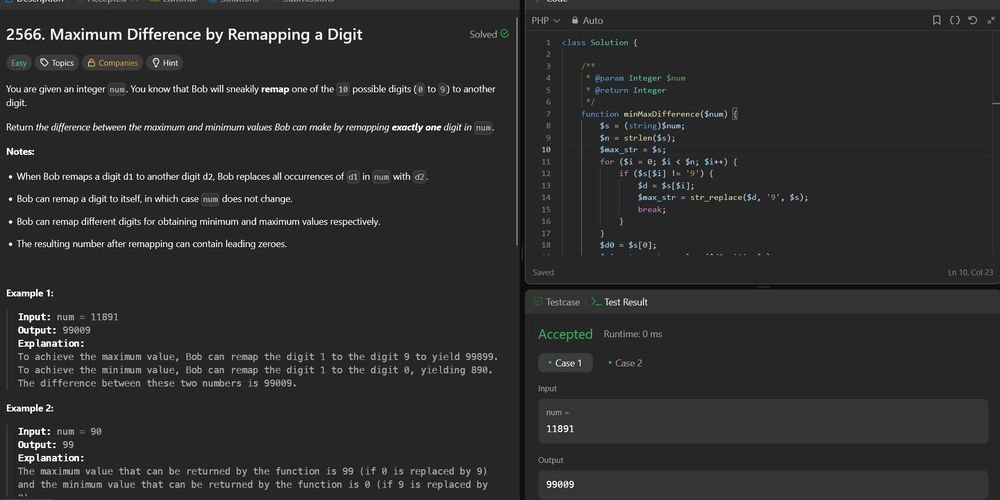













































.jpg?width=1920&height=1920&fit=bounds&quality=70&format=jpg&auto=webp#)




















































































_Andreas_Prott_Alamy.jpg?width=1280&auto=webp&quality=80&disable=upscale#)

_designer491_Alamy.jpg?width=1280&auto=webp&quality=80&disable=upscale#)

























































![Samsung Galaxy Tab S11 runs Geekbench, here's the chipset it will use [Updated]](https://fdn.gsmarena.com/imgroot/news/25/06/samsung-galaxy-tab-s11-ultra-geekbench/-952x498w6/gsmarena_000.jpg)


























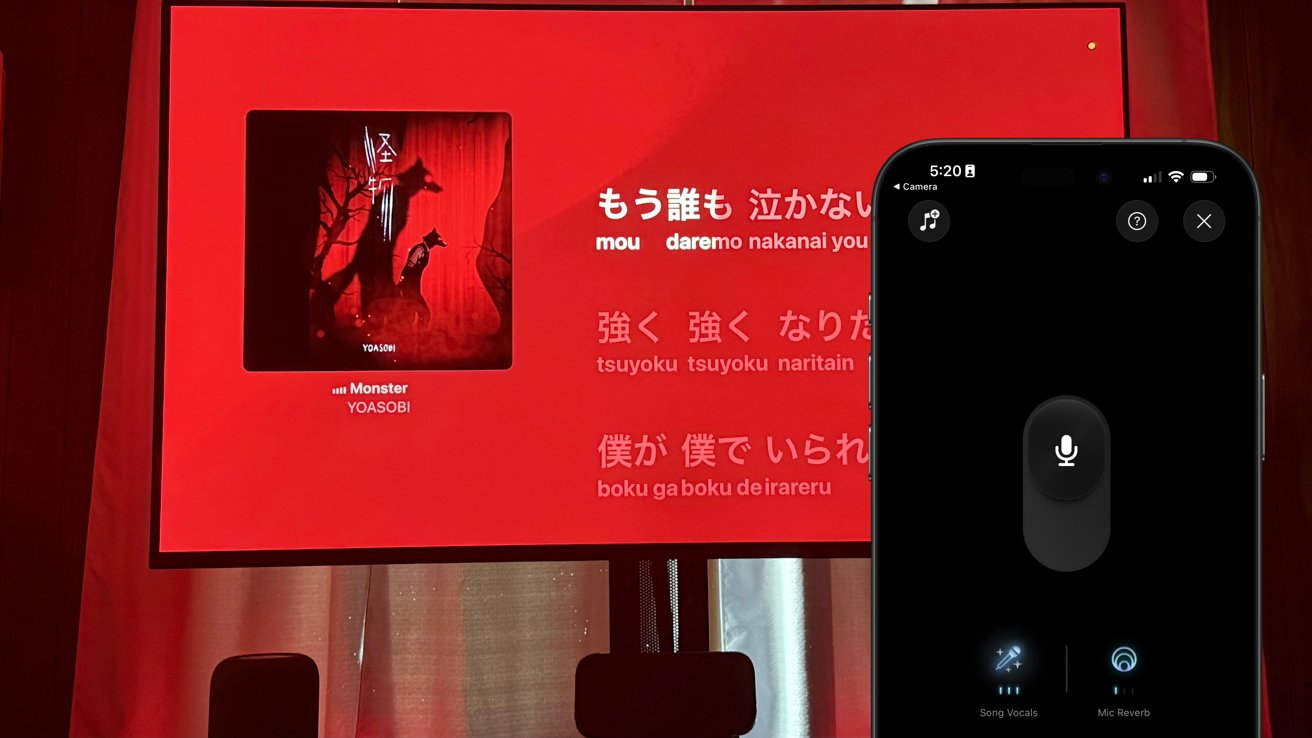













![Apple’s latest CarPlay update revives something Android Auto did right 10 years ago [Gallery]](https://i0.wp.com/9to5google.com/wp-content/uploads/sites/4/2025/06/carplay-live-activities-1.jpg?resize=1200%2C628&quality=82&strip=all&ssl=1)
![Everything new in Android 16 QPR1 Beta 2 [Gallery]](https://i0.wp.com/9to5google.com/wp-content/uploads/sites/4/2025/06/Android-16-logo-1.jpg?resize=1200%2C628&quality=82&strip=all&ssl=1)














![3DMark Launches Native Benchmark App for macOS [Video]](https://www.iclarified.com/images/news/97603/97603/97603-640.jpg)
![Craig Federighi: Putting macOS on iPad Would 'Lose What Makes iPad iPad' [Video]](https://www.iclarified.com/images/news/97606/97606/97606-640.jpg)









































